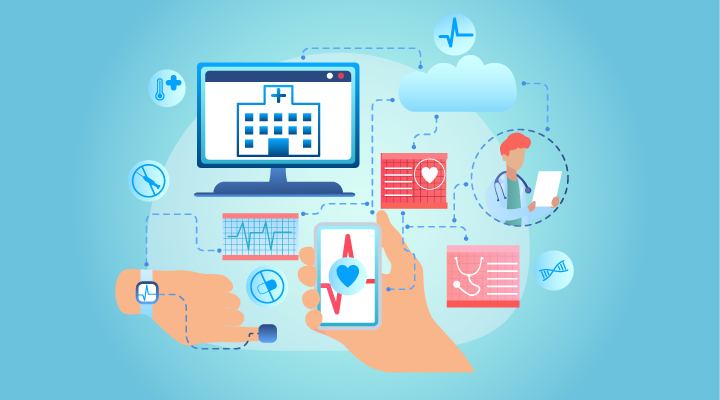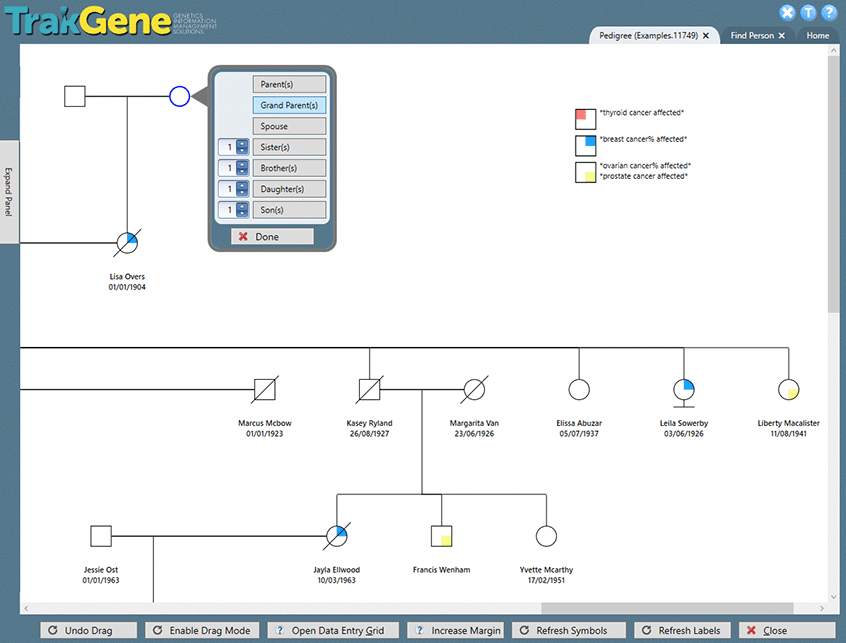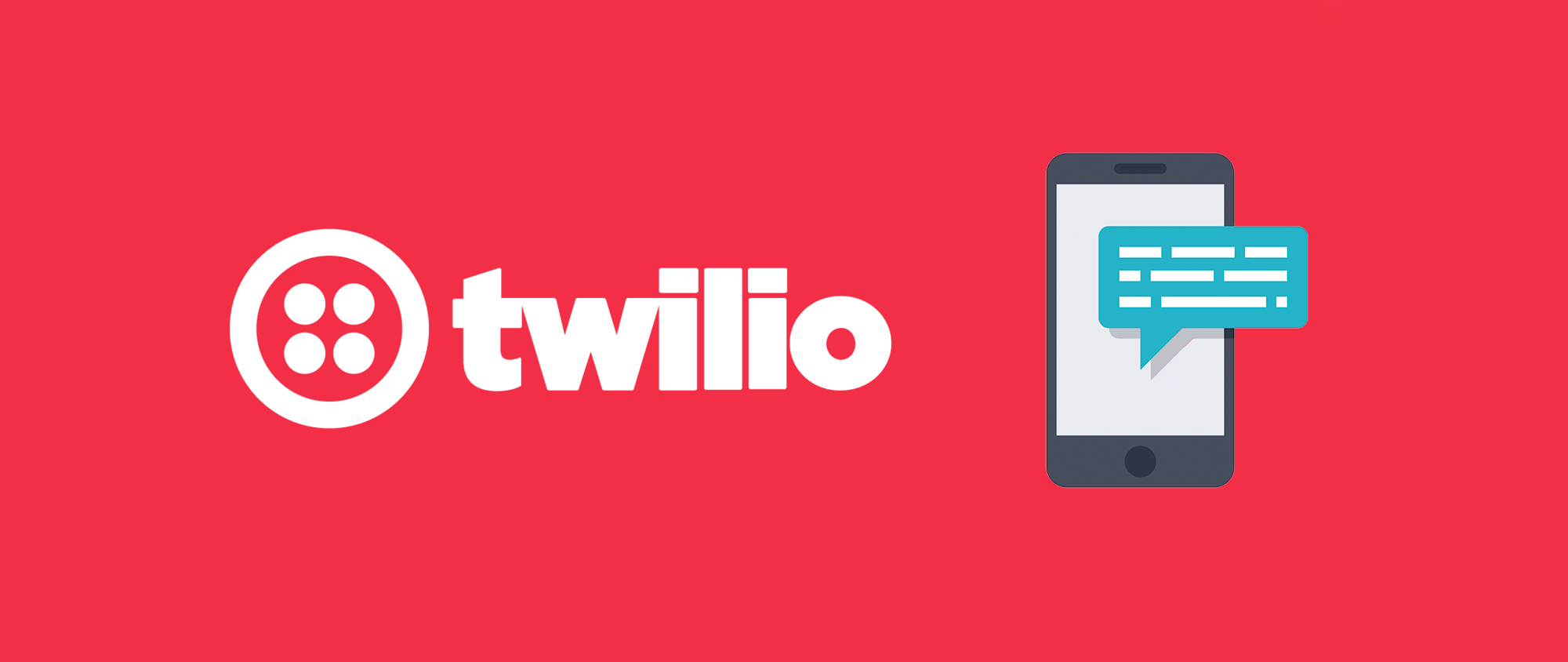
If you’ve been following our recent posts then you will know about our research to find out more about the challenges and requirements of those working in the genetics services for clinical genetics software solutions. We have already covered the level of user satisfaction in genetics software and the IT challenges faced by genetics services. In this third and final post relating to this research, we will share with you the features that are considered to be the most important to clinical genetics software users.
When asked the importance of features in a clinical genetics software package, respondents rated the importance of the following:
- Interface with other hospital systems.
- Interface with risk tools such as BOADICEA.
- Create and store family history questionnaire responses.
- Record the results of tests / investigations.
- Record clinical features of patients.
- Generate letters to patients (e.g. appointment letters).
- Integrated pedigree drawing.
Interfaces and interoperability are top of the agenda for genetics software users.
Interfaces with other hospital systems and recording the results of tests / investigations were top of the list, closely followed by interfaces with risk tools and integrated pedigree drawing. When filtering the results by clinical users, the results became even more bunched up and indicated that all of the features listed had significant importance, with the exception of generating letters to patients.
The specialist nature of clinical genetics software often means that sharing data with other systems requires bespoke development work. The research shows a demand for greater interoperability so that genetics software can be interfaced with other systems. A very common example of this is to create an interface with hospital information systems to share patient demographic and appointment data. There are more interoperability opportunities that can be exploited, such as interfaces with genetics labs and risk tools such as BOADICEA.
The high importance given to recording the results of tests and investigations may also relate to interoperability. The results of tests and investigations may be sent to genetics services or made available through separate Laboratory Information Management Systems (LIMS) but an interface with clinical genetics software would be valuable to allow patient and family data to be accessed easily by the genetics service.
Mobilising genetics data through the adoption of standards.
While it was reassuring to discover that our research findings supporting the findings of David Brailer’s research in 2005, it was also an indication that there has not been enough development in this area since these original findings. Standards such as HL7 and FHIR have been developed and adopted to provide a standard way of structuring and communicating patient data between systems. The National Cancer Institute’s Genomic Data Commons is one of a number of organisations that have developed their own standards for interfacing with their data.
Developers of genetics software solutions will need to adopt these standards and develop interfaces in order for the end users to realise the benefits. There is an opportunity for intermediaries to bridge this gap and provide a single interface that genetics services can plug into without having to develop and maintain multiple interfaces.
What next?
We hope you have enjoyed the findings of our research. We would like to extend our thanks once again to all those who work in genetics that took the time to respond to our survey. The knowledge we have gained from this research is helping inform the road map and development of TrakGene. This research and the conversations relating to it have already lead to further research being done; we look forward to updating you on the progress and results of this further research into the genetics industry and the software solutions that support it.






